Bears have long been a symbol of strength, courage, and the wild. From the majestic grizzly roaming the forests of North America to the playful panda in bamboo groves, bears capture the imagination of children everywhere. Coloring pages featuring bears offer kids an engaging way to explore these incredible animals while developing their artistic skills.
In this blog post, we’ve curated 30 bear coloring pages that are perfect for kids of all ages. Whether your child is fascinated by wildlife or simply loves to color, these pages will provide endless hours of creative fun. Along with the coloring activities, we’ve included some fun and interesting facts about bears that will spark curiosity and enhance learning.
Age Range: Who Can Enjoy These Coloring Pages?
Our collection of bear coloring pages is designed to be accessible and enjoyable for children across a wide age range:
- Toddlers (Ages 2-4): Simple, large outlines that are easy for little hands to color. These pages help with developing fine motor skills and recognizing basic shapes.
- Preschoolers (Ages 4-6): More detailed images that encourage the use of a variety of colors and patterns. These pages help children practice staying within the lines and enhance their understanding of colors.
- Early Elementary (Ages 6-8): Detailed and varied illustrations that allow for creativity and the development of more advanced coloring techniques. These pages encourage children to explore shading and blending colors.
- Older Kids (Ages 8-12): Complex and intricate designs that challenge their artistic abilities. These pages allow older kids to experiment with color combinations, patterns, and textures.
No matter the age, these bear coloring pages offer something for every young artist, making it a fun and educational activity for kids.
Fun Facts About Bears
As your child colors these bear-themed pages, share these fascinating facts to deepen their understanding and appreciation of these amazing animals:
- Bears are found on multiple continents. There are eight species of bears, and they can be found in North America, South America, Europe, and Asia.
- They are omnivores. While some bears, like polar bears, primarily eat meat, others, like pandas, have a diet mainly composed of bamboo. Most bears eat a mix of plants, insects, and small animals.
- Bears have a keen sense of smell. A bear’s sense of smell is seven times stronger than that of a bloodhound, which helps them find food and detect danger from miles away.
- They hibernate during the winter. Many bear species hibernate in the winter, slowing their metabolism to conserve energy while they sleep through the cold months.
- Bear cubs are born very small. When bear cubs are born, they are tiny, often weighing less than a pound. They stay with their mother for up to two years as they grow and learn survival skills.
- Polar bears have black skin under their white fur. The black skin helps them absorb and retain heat from the sun, while their white fur camouflages them in the snowy Arctic environment.
- Grizzly bears are excellent swimmers. Despite their massive size, grizzly bears can swim across lakes and rivers, and they are often seen fishing for salmon.
- Pandas are known for their gentle nature. Unlike other bears, pandas spend most of their time eating bamboo and are generally non-aggressive towards humans.
- Bears have unique vocalizations. Bears communicate using a variety of sounds, including grunts, growls, and roars. Cubs often make a purring sound when they are content.
- They can run surprisingly fast. Despite their large size, bears can run at speeds of up to 30 miles per hour, making them much faster than most humans.
- Bears have an excellent memory. Bears are known for their remarkable memory, particularly when it comes to finding food sources and recalling territory boundaries.
- Sun bears are the smallest bear species. Found in Southeast Asia, sun bears are the smallest of the bear species, but they have long tongues, up to 10 inches, to help them extract honey from beehives.
- Bears have strong maternal instincts. Mother bears are fiercely protective of their cubs and will defend them against predators, including other bears.
- Sloth bears use their lips like a vacuum. Native to the Indian subcontinent, sloth bears use their specially adapted lips to suck up insects like termites and ants.
- Spectacled bears are the only bears native to South America. Also known as Andean bears, they are named for the distinctive markings around their eyes, which resemble eyeglasses.
- Bears are solitary animals. Most bear species prefer to live and hunt alone, with the exception of mothers caring for their cubs or during the breeding season.
- Koalas are not bears. Despite commonly being referred to as “koala bears,” koalas are actually marsupials and are not related to true bears.
- Polar bears are excellent hunters. Polar bears primarily hunt seals and are incredibly skilled at navigating icy landscapes and swimming in frigid waters.
- Grizzly bears have a distinctive hump. The hump on a grizzly bear’s back is a mass of muscle that helps them dig and move earth, which is essential for foraging.
- Bears mark their territory. Bears use trees and other objects to leave scent marks, scratches, and bites to communicate with other bears in the area.
- Giant pandas are a conservation success story. Once on the brink of extinction, giant pandas have seen their populations increase due to extensive conservation efforts, though they remain a vulnerable species.
- Bears can stand on their hind legs. Bears often stand on their hind legs to get a better view of their surroundings or to make themselves appear larger when threatened.
- Asiatic black bears have a distinctive white chest marking. Also known as moon bears, they are known for the crescent-shaped white marking on their chests.
- Bears play an important role in their ecosystems. By dispersing seeds and controlling insect populations, bears help maintain the health and balance of their environments.
- The brown bear is the most widespread bear species. Brown bears are found across North America, Europe, and Asia, and they vary greatly in size and color depending on their location.
- Pandas have a special bone in their wrist. Pandas have an elongated wrist bone that functions like a thumb, allowing them to grasp bamboo stems and leaves more effectively.
- Polar bears are classified as marine mammals. Due to their reliance on the ocean for food and their ability to swim long distances, polar bears are considered marine mammals.
- Bears have been depicted in art and mythology for centuries. Across many cultures, bears have been revered as powerful symbols, often representing strength, courage, and the wilderness.
- Some bears build nests. Both brown bears and sun bears have been observed building nests in trees or on the ground, where they rest or raise their cubs.
- The American black bear is the most common bear species. Found throughout North America, black bears are highly adaptable and can live in a variety of habitats, from forests to swamps.
Bear Coloring Page 1 for Kids
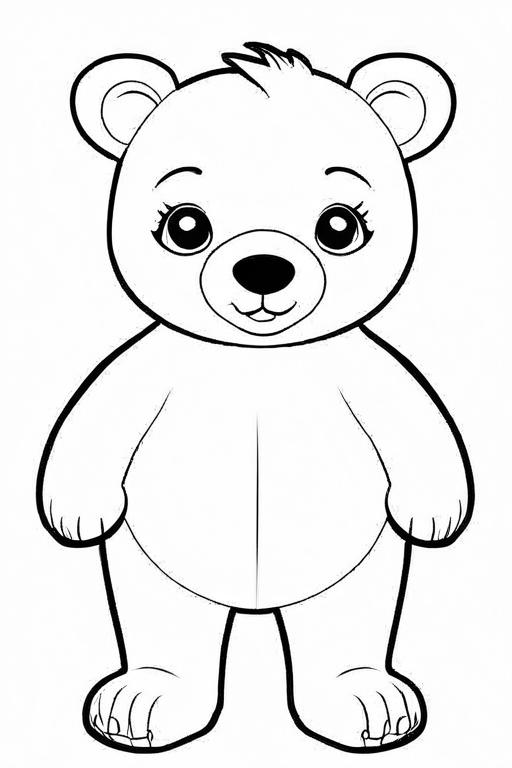
Bear Coloring Page 2 for Kids
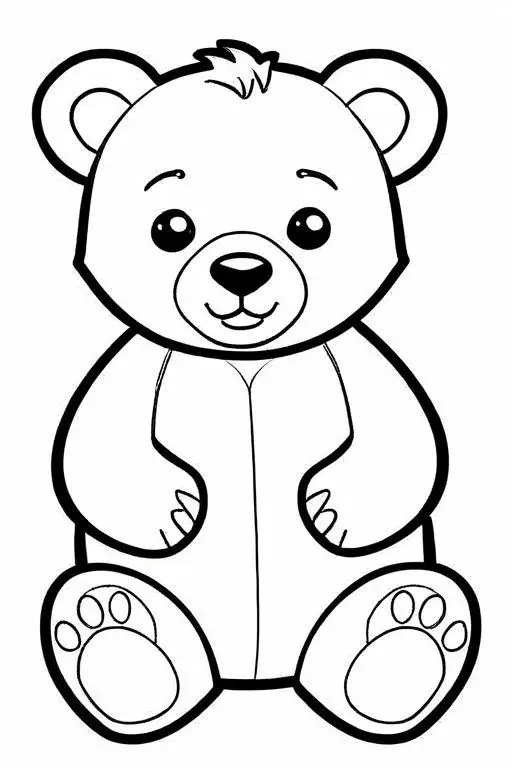
Bear Coloring Page 3 for Kids
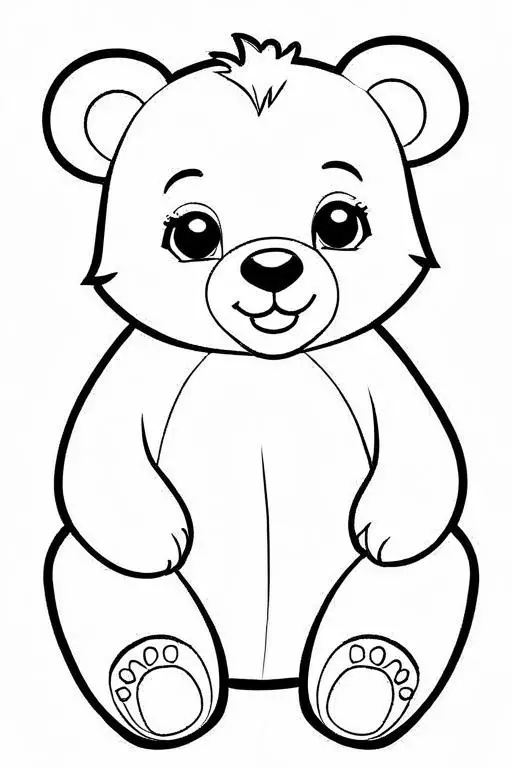
Bear Coloring Page 4 for Kids
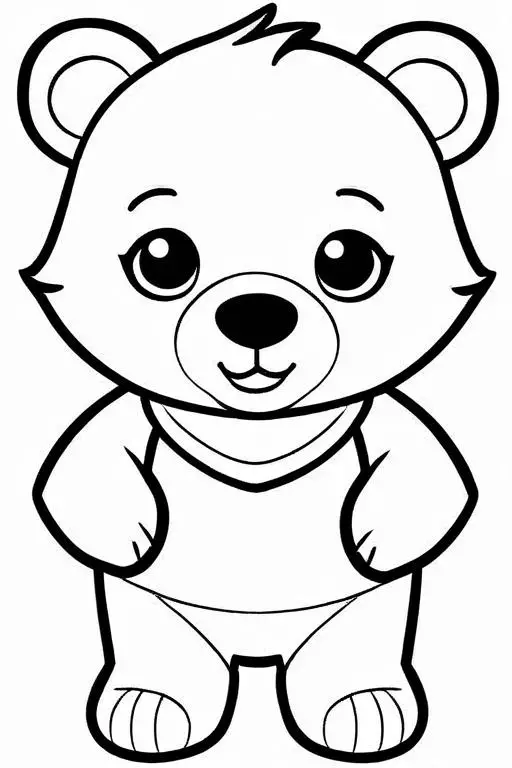
Bear Coloring Page 5 for Kids
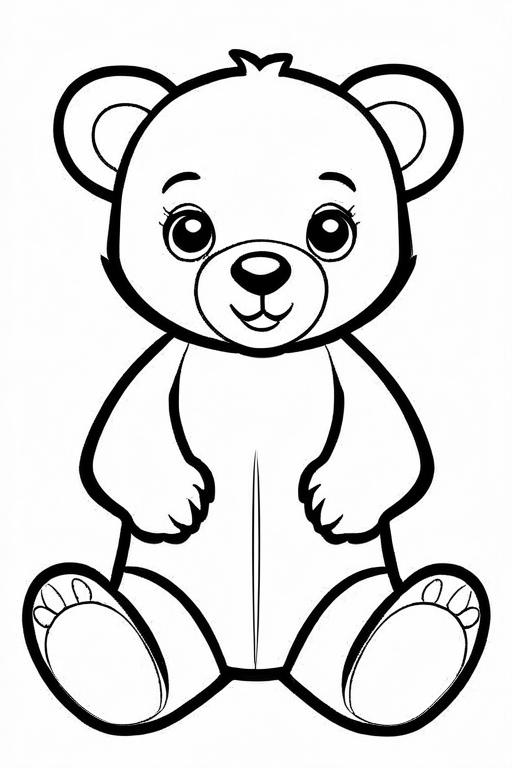
Bear Coloring Page 6 for Kids
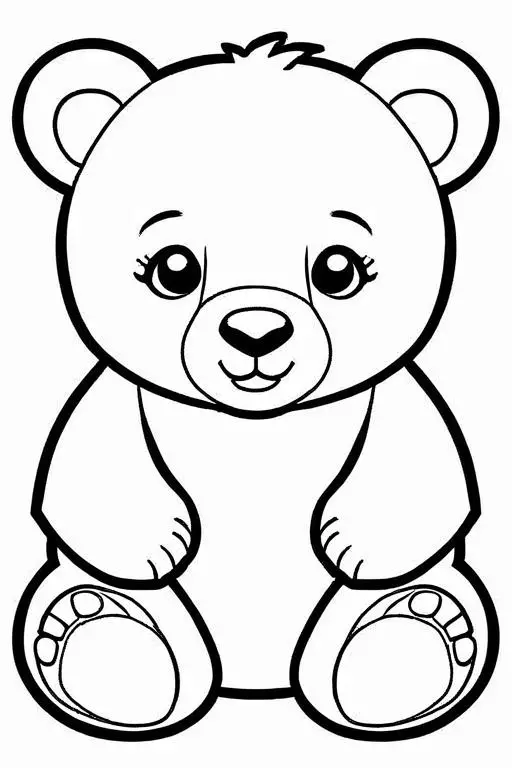
Bear Coloring Page 7 for Kids
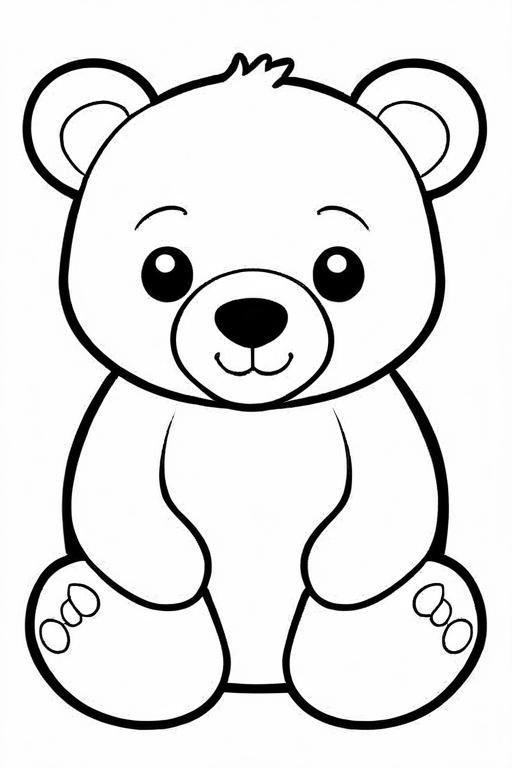
Bear Coloring Page 8 for Kids
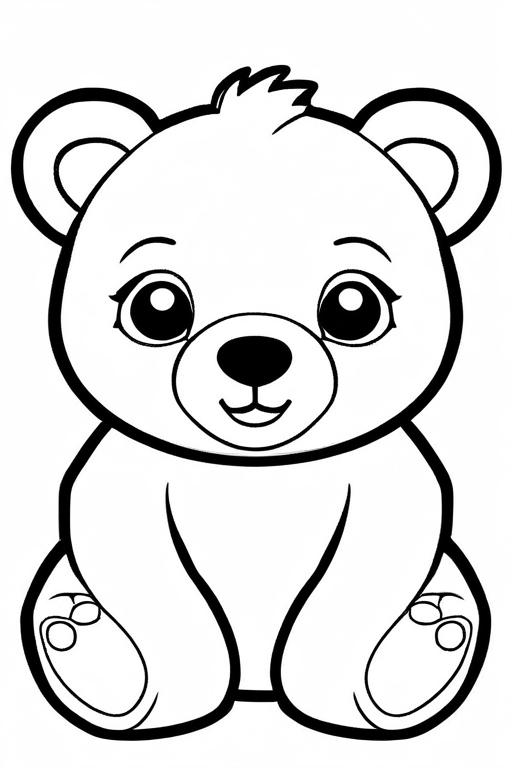
Bear Coloring Page 9 for Kids
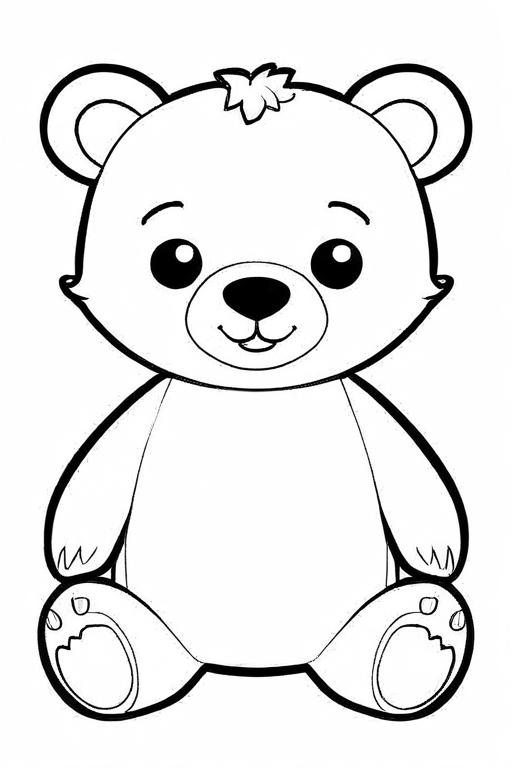
Bear Coloring Page 10 for Kids
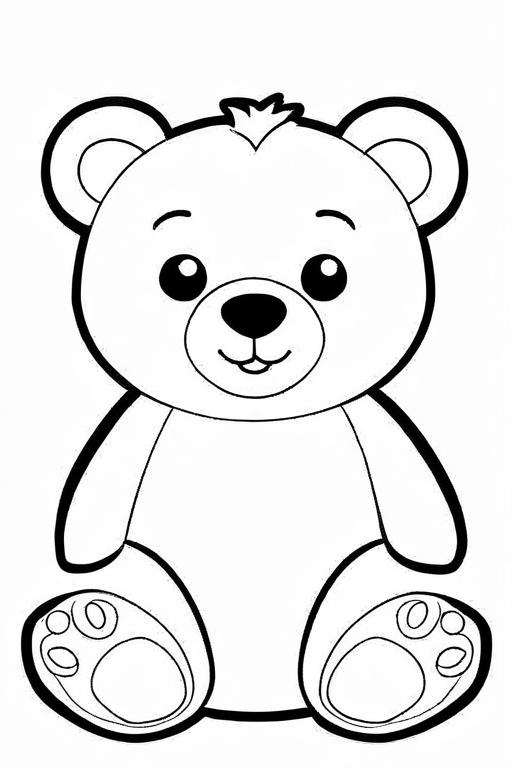
Bear Coloring Page 11 for Kids
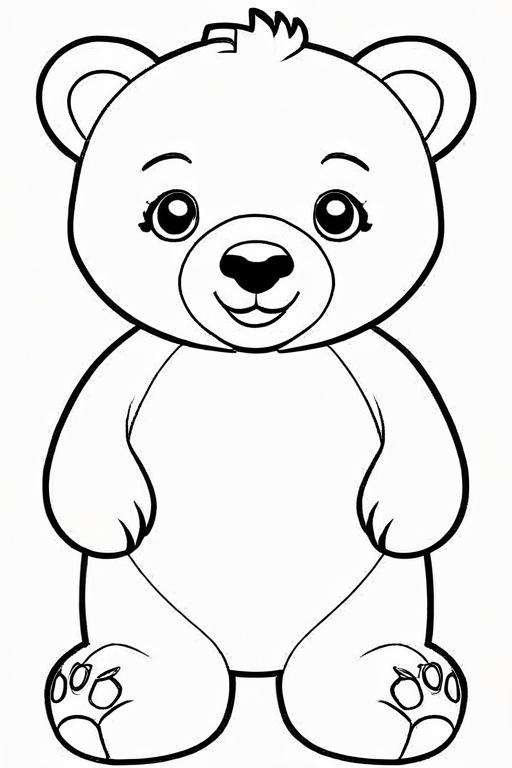
Bear Coloring Page 12 for Kids
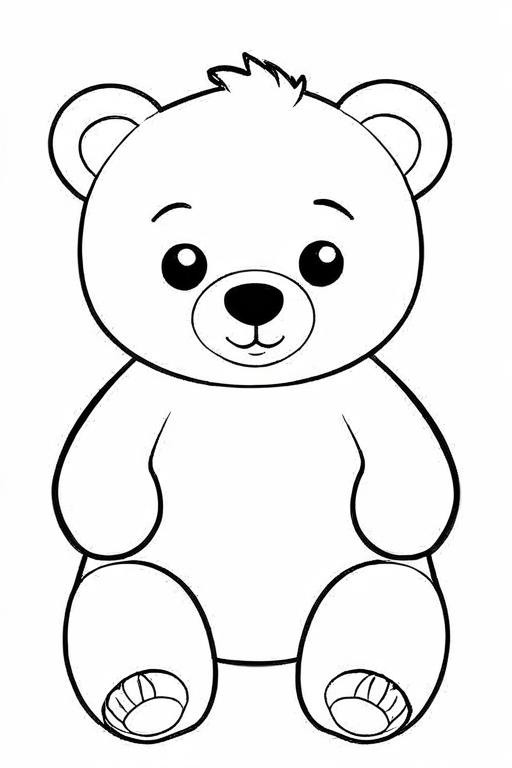
Bear Coloring Page 13 for Kids
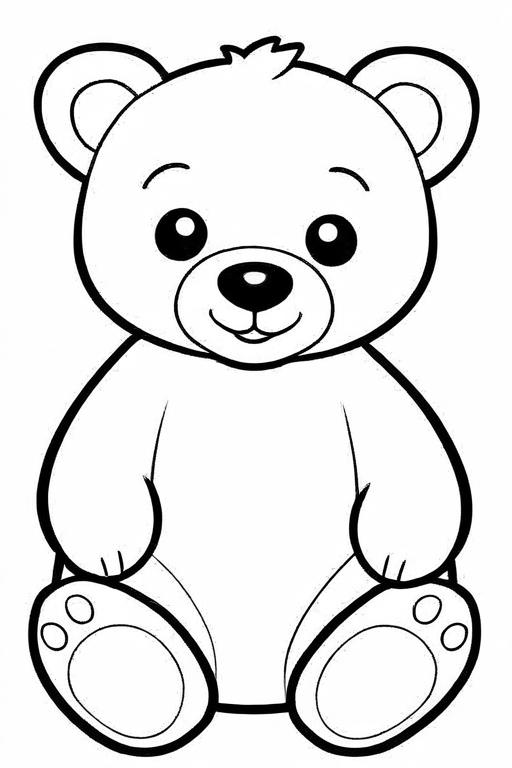
Bear Coloring Page 14 for Kids
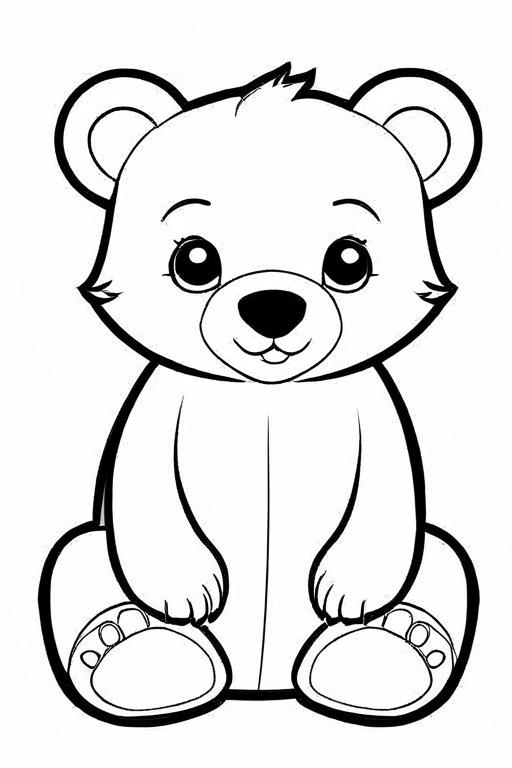
Bear Coloring Page 15 for Kids
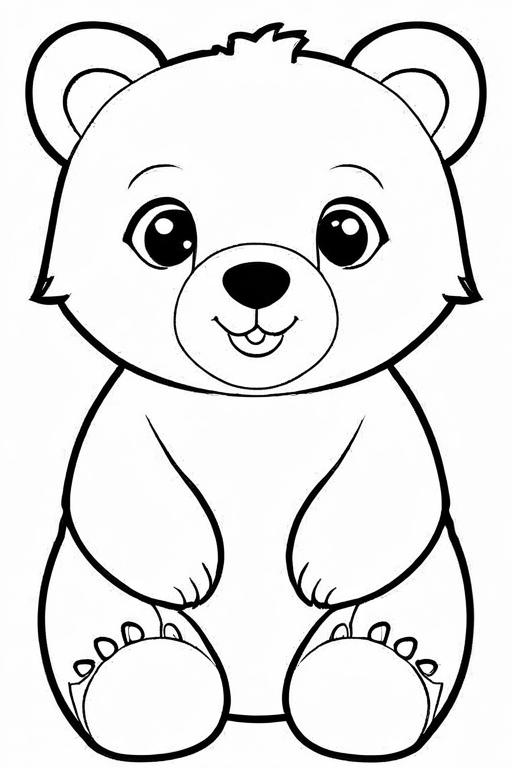
Bear Coloring Page 16 for Kids
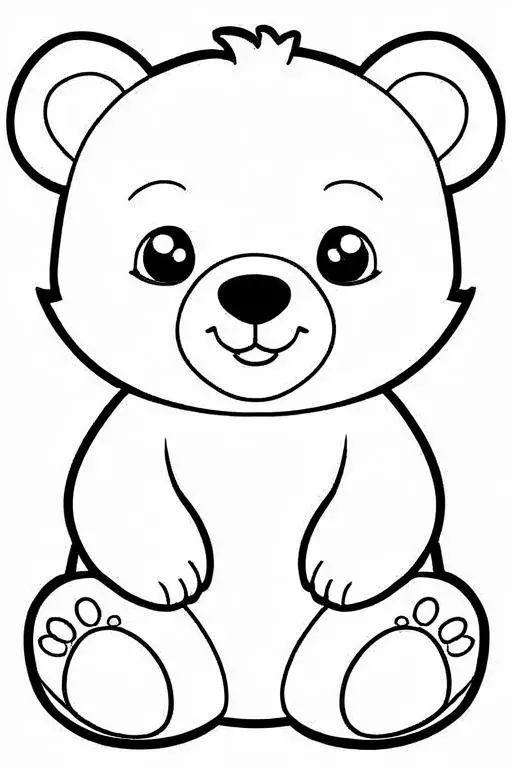
Bear Coloring Page 17 for Kids
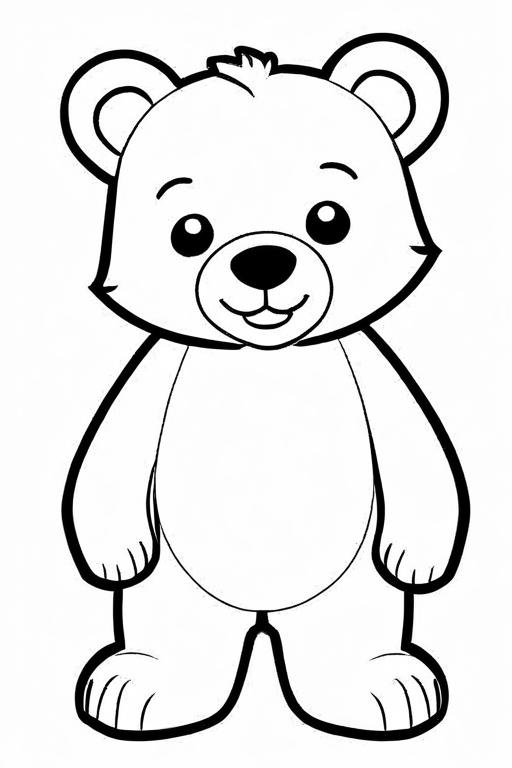
Bear Coloring Page 18 for Kids
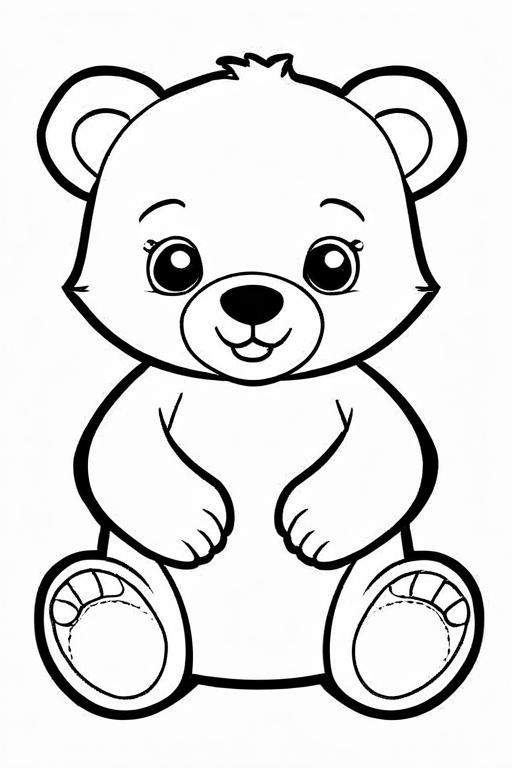
Bear Coloring Page 19 for Kids
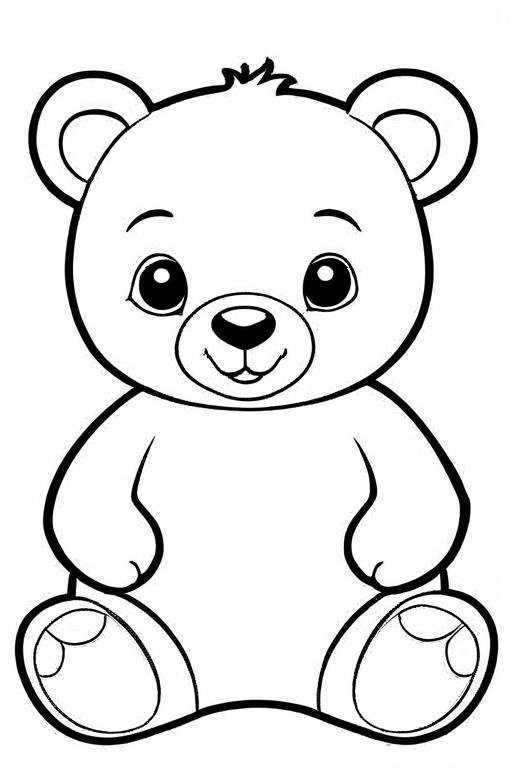
Bear Coloring Page 20 for Kids
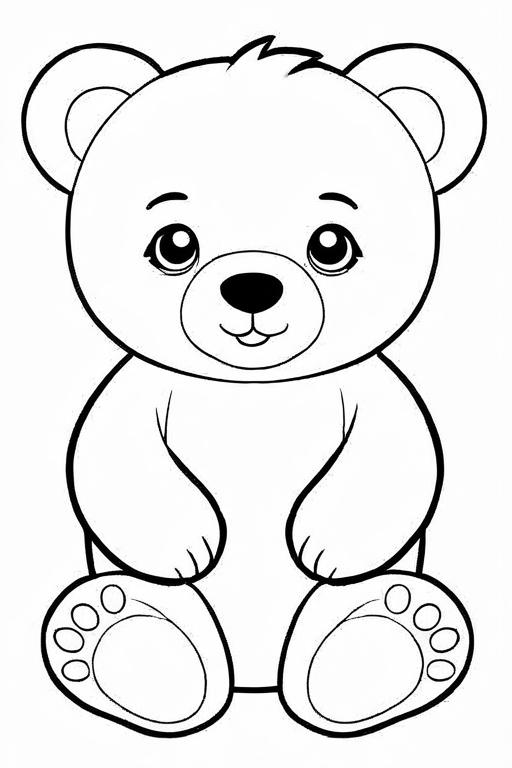
Bear Coloring Page 21 for Kids
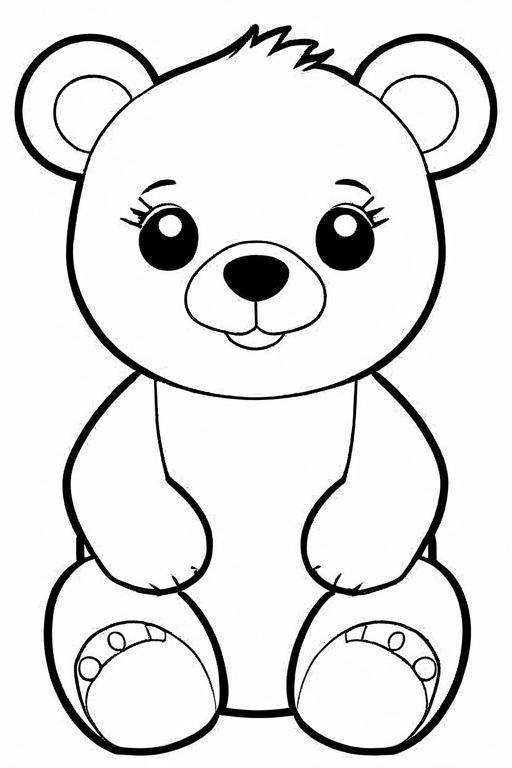
Bear Coloring Page 22 for Kids
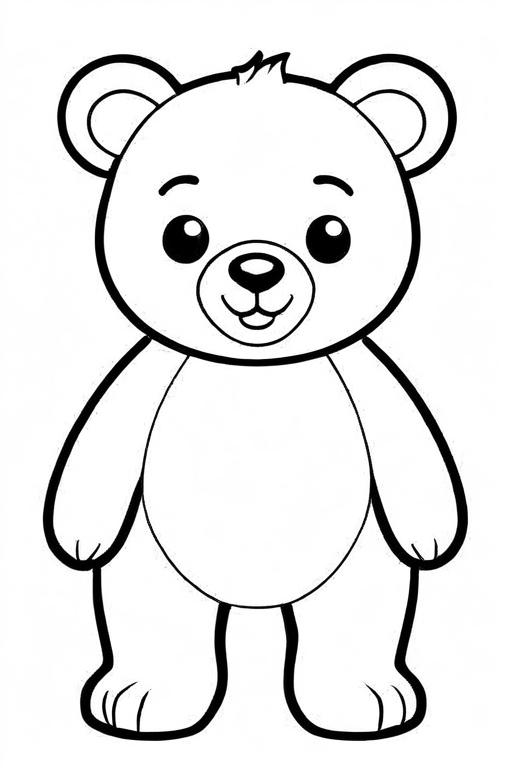
Bear Coloring Page 23 for Kids
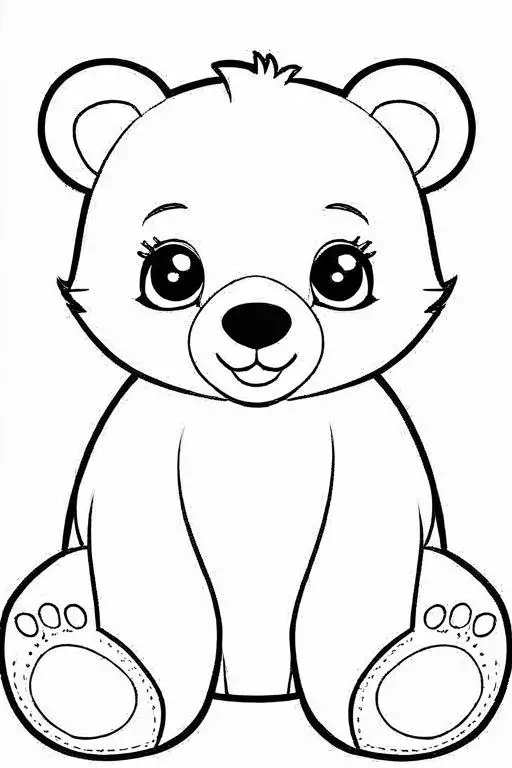
Bear Coloring Page 24 for Kids
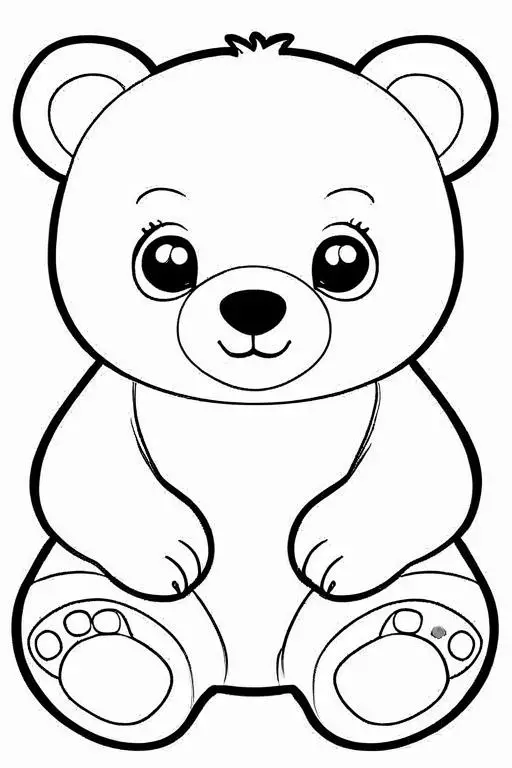
Bear Coloring Page 25 for Kids
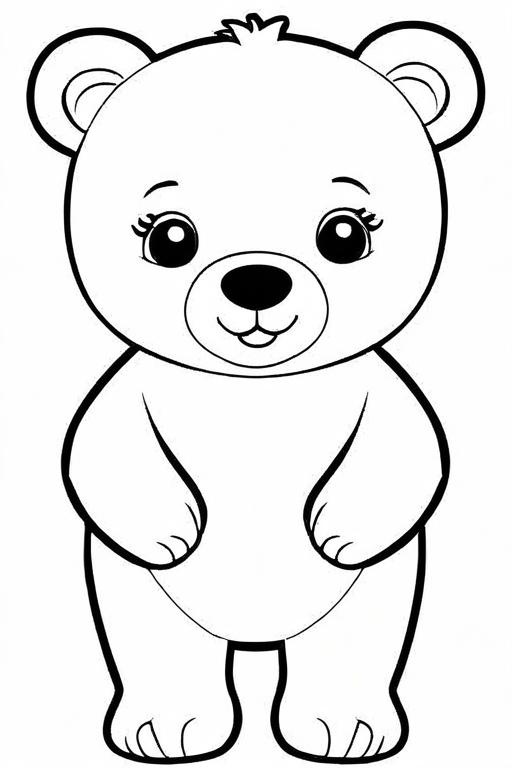
Bear Coloring Page 26 for Kids
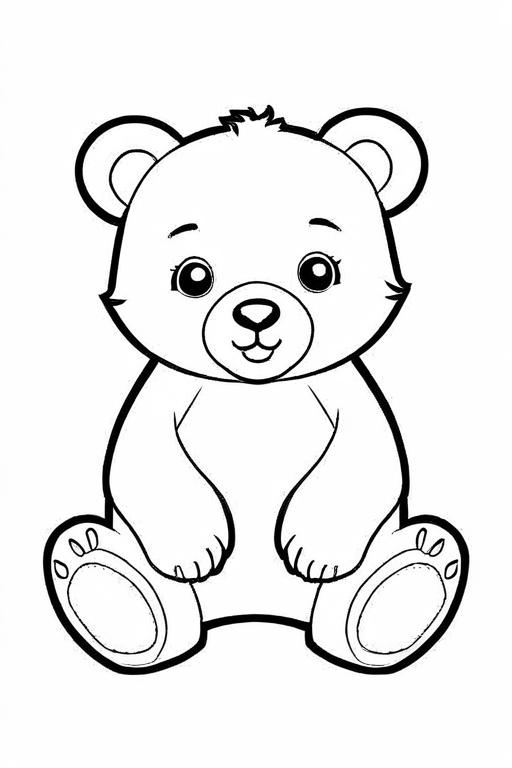
Bear Coloring Page 27 for Kids
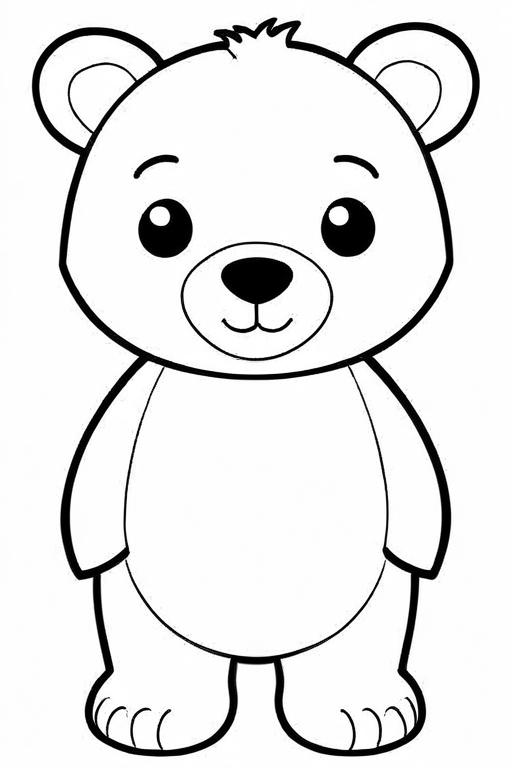
Bear Coloring Page 28 for Kids
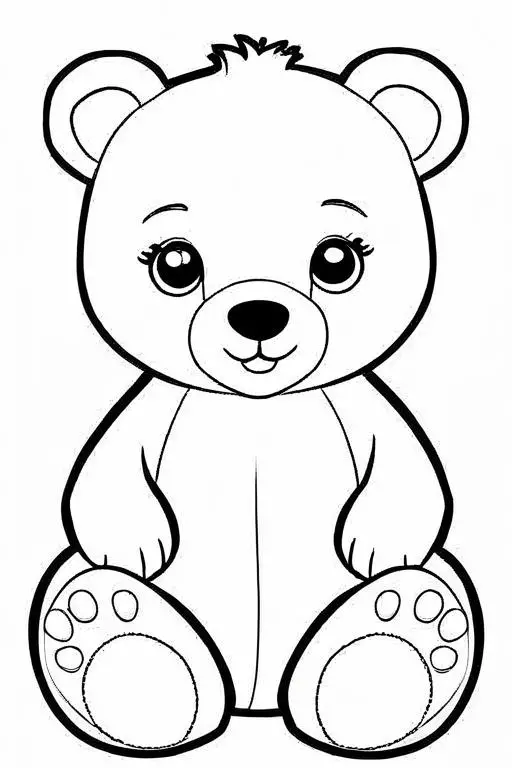
Bear Coloring Page 29 for Kids
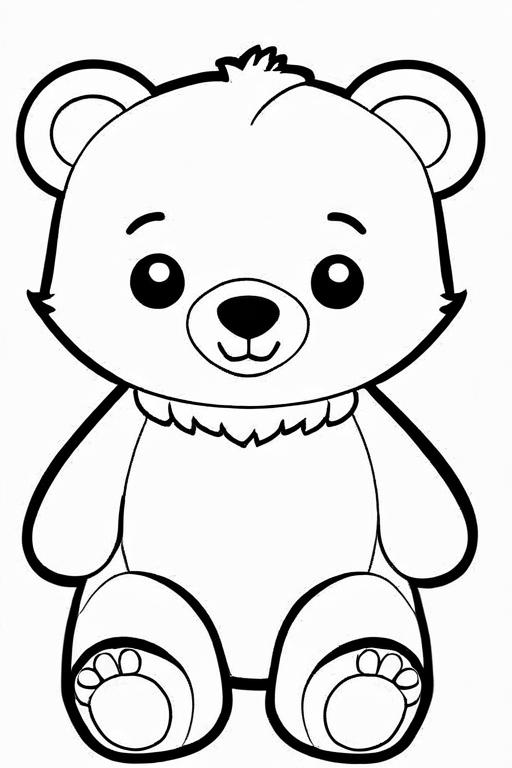
Bear Coloring Page 30 for Kids
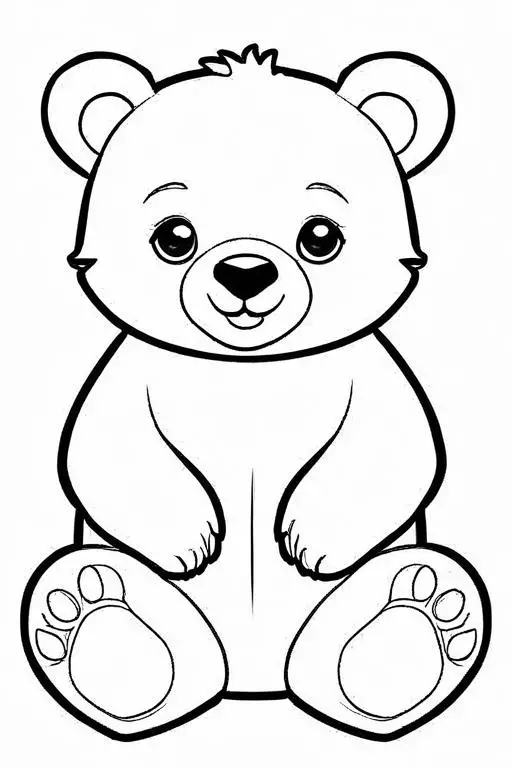
Conclusion
Bears are truly fascinating creatures that have captured the hearts and imaginations of people for centuries. These 30 bear coloring pages offer a delightful way for kids to explore the world of bears while honing their artistic skills. Whether your child is just starting out with coloring or is already an experienced artist, these pages provide a fun and educational activity that will keep them engaged for hours.
So, grab your crayons, colored pencils, or markers, and let your child embark on a creative adventure with these bear-themed coloring pages. As they color, they’ll not only improve their skills but also gain a deeper appreciation for the incredible diversity and beauty of the bear species.

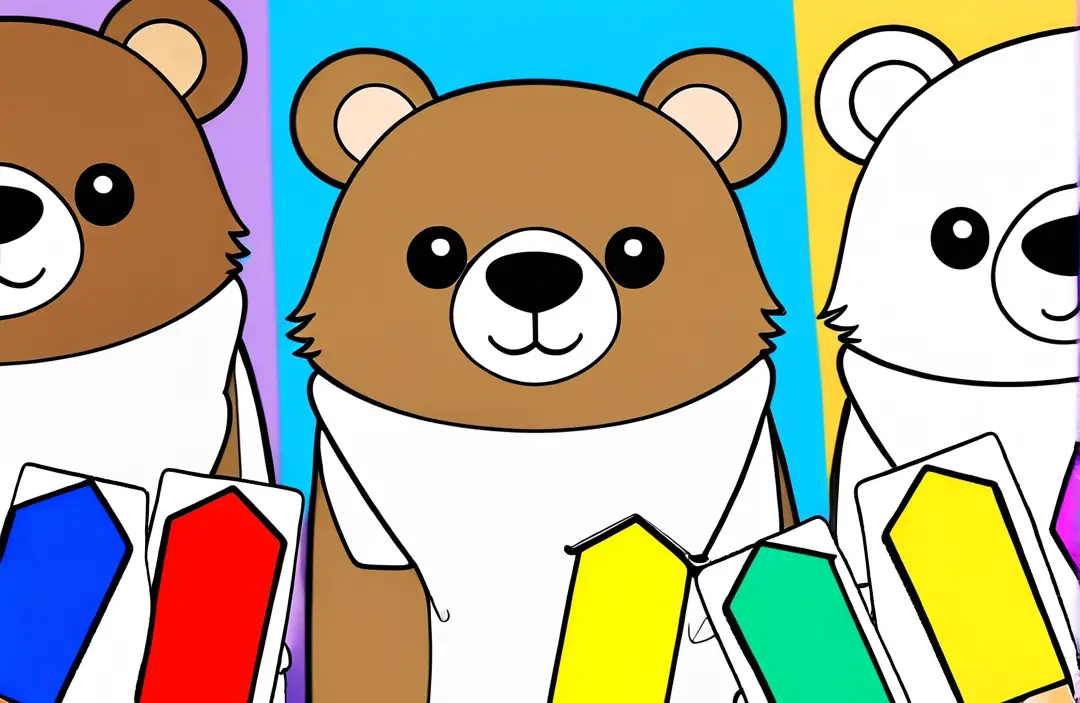
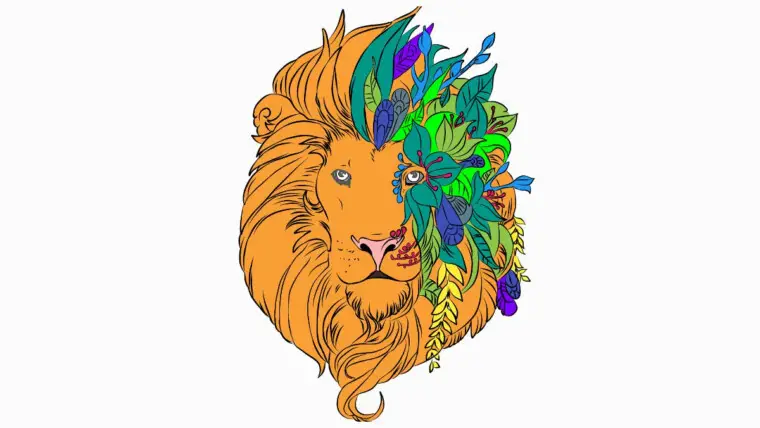
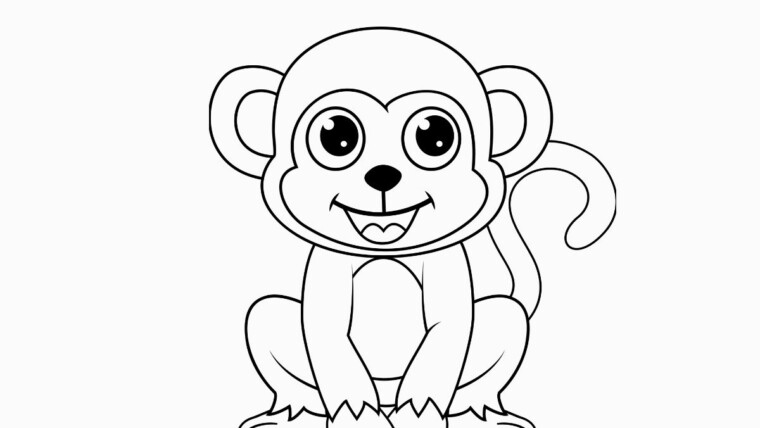
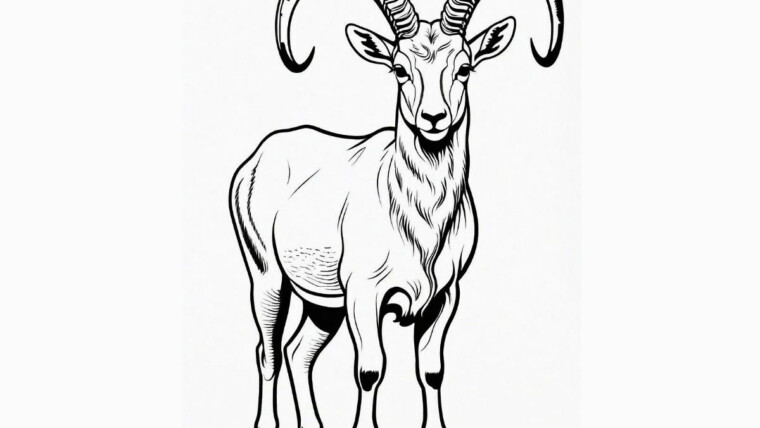
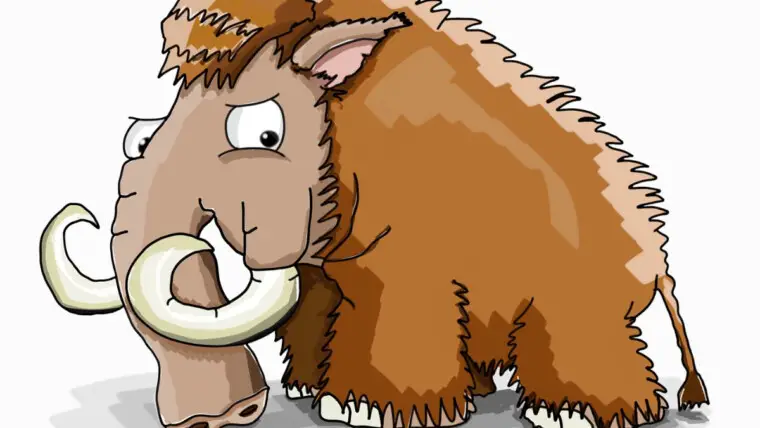
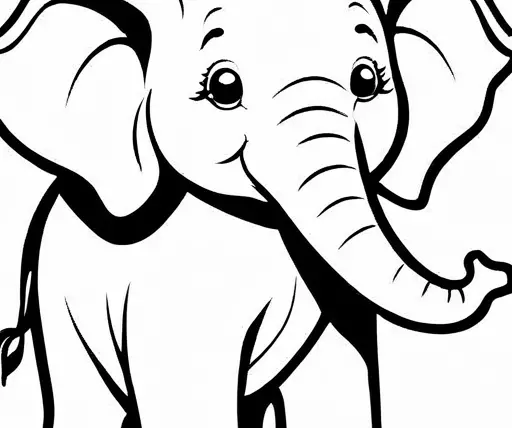
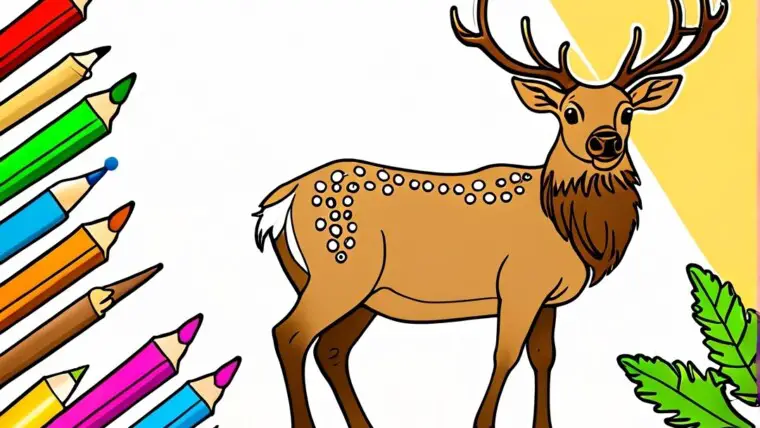
Maze Rampage Kids Activity Books: Unlock Fun and Learning for Toddlers and Preschoolers!
Engage Your Creative Mind with 2,500+ Free Adult Coloring Pages
100 Wasp Coloring Pages For Kids
48 Termite Coloring Pages For Kids